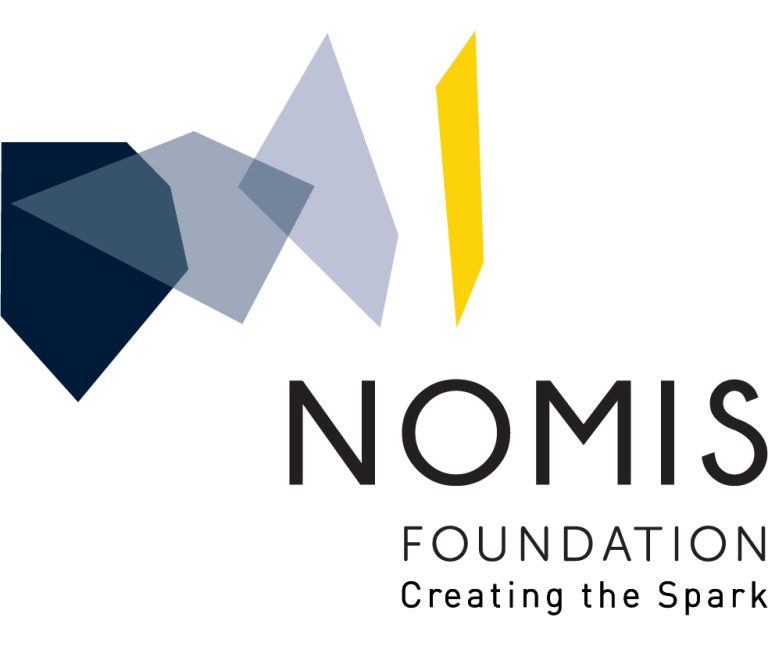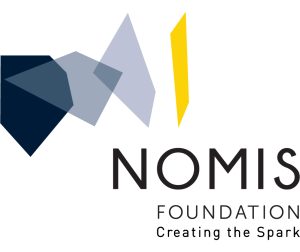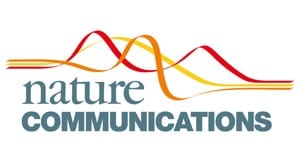The human gut microbiome is linked to child malnutrition, yet traditional microbiome approaches lack resolution. We hypothesized that complete metagenome-assembled genomes (cMAGs), recovered through long-read (LR) DNA sequencing, would enable pangenome and microbial genome-wide association study (GWAS) analyses to identify microbial genetic associations with child linear growth. LR methods produced 44–64× more cMAGs per gigabase pair (Gbp) than short-read methods, with PacBio (PB) yielding the most accurate and cost-effective assemblies. In a Malawian longitudinal pediatric cohort, we generated 986 cMAGs (839 circular) from 47 samples and applied this database to an expanded set of 210 samples. Machine learning identified species predictive of linear growth. Pangenome analyses revealed microbial genetic associations with linear growth, while genome instability correlated with declining length-for-age Z score (LAZ). This resource demonstrates the power of comparing cMAGs with health trajectories and establishes a new standard for microbiome association studies.






